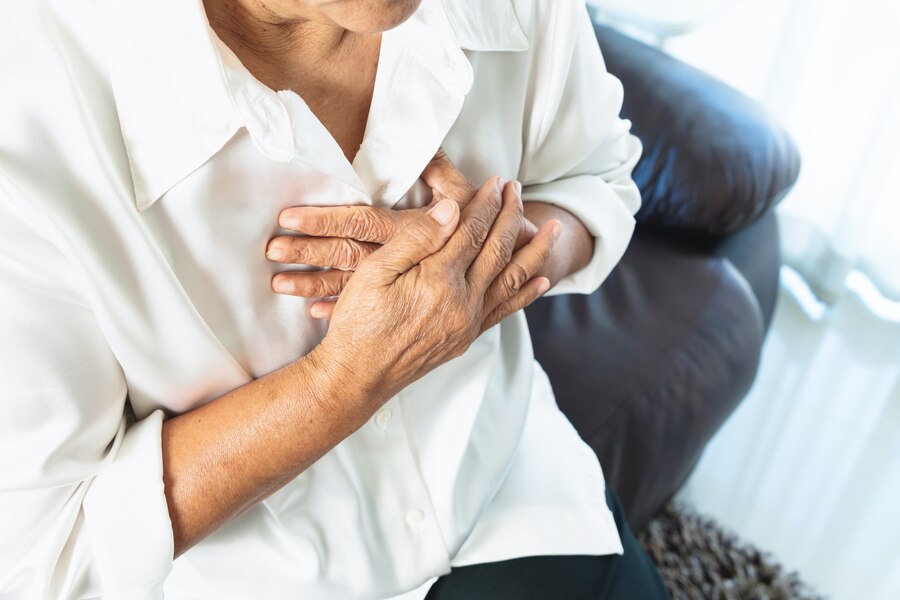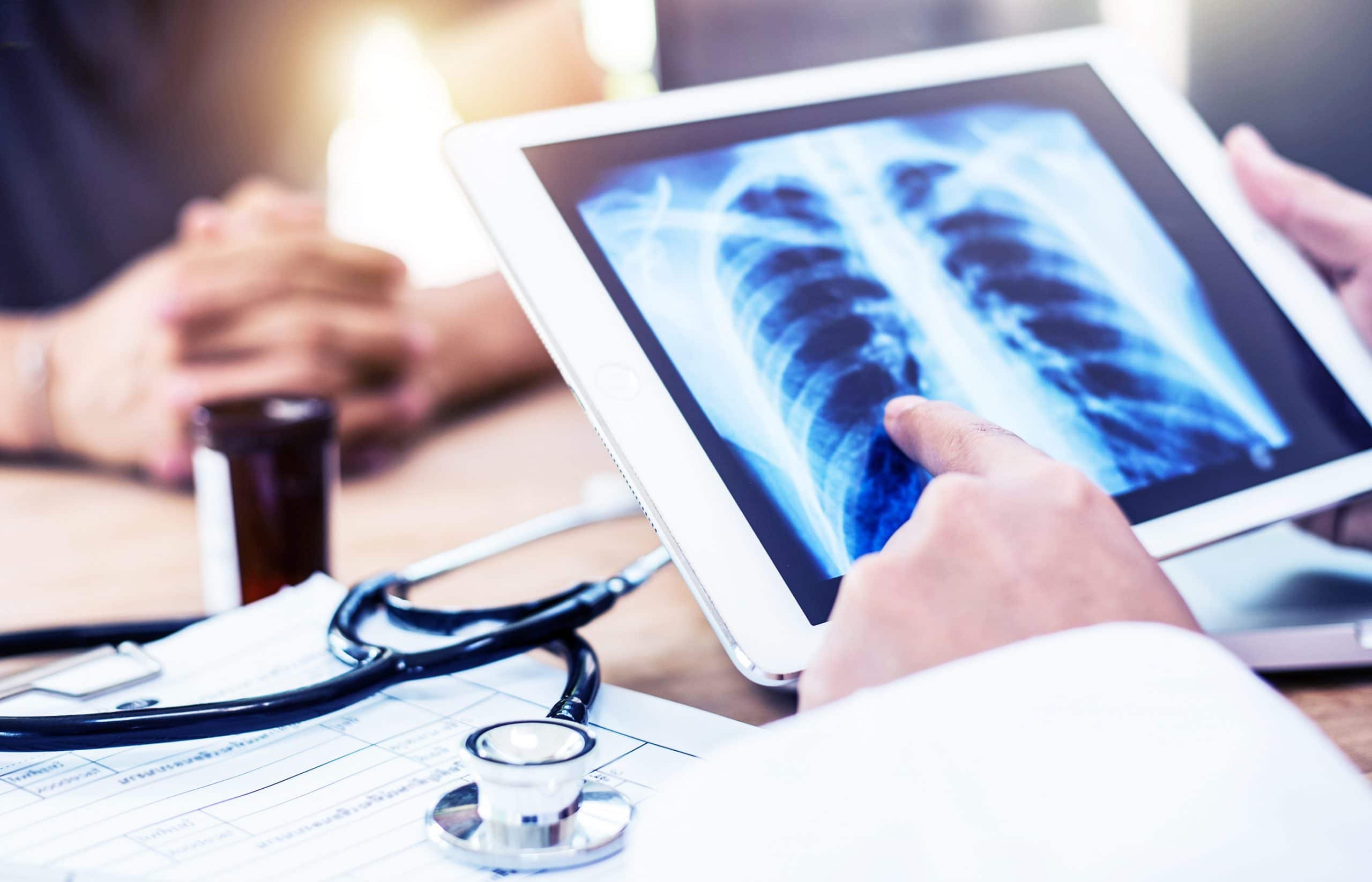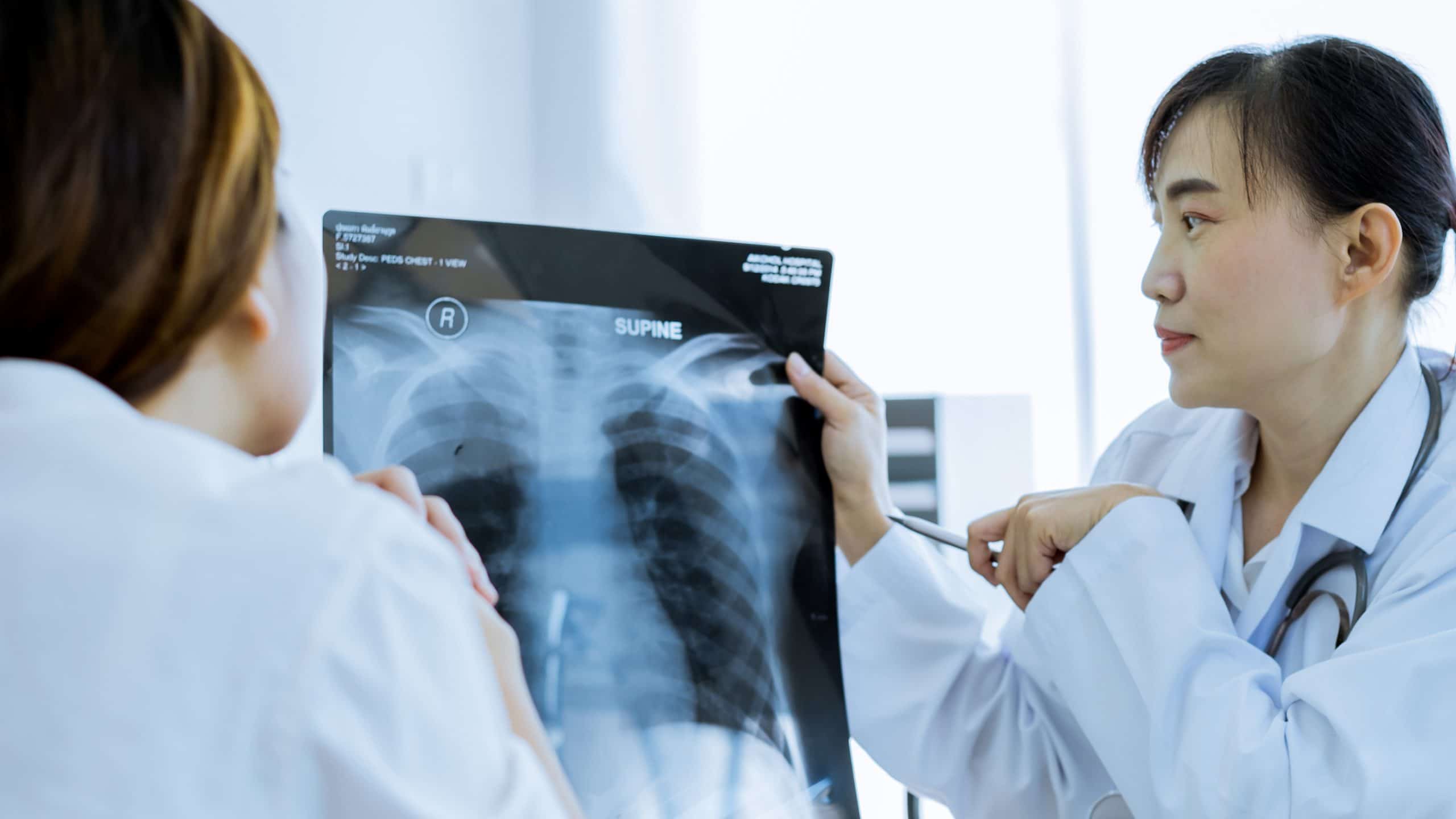Does Lung Cancer Cause Chest Pain?
What is the connection between chest pain and lung conditions such as mesothelioma and lung cancer? Lung pain can take over a patient's life, so it is essential to understand the causes, symptoms, and treatment options.

What Does Lung Pain Feel Like?
Lung pain is often characterized by patients as a sharp, dull, burning, aching, stabbing, or crushing sensation. These painful feelings can be intimidating and scary, however, there are many potential causes. Chest pain when breathing has been directly linked to conditions such as mesothelioma, lung cancer, and many others across the board.
What Causes Chest and Lung Pain?
Several conditions have been linked to the development of chest pain. Potential causes of chest pain include heart, lung, and gastrointestinal issues. Additionally, bone, muscle, and nerve problems can lead to the development of chest pains. Examples of potential causes of chest pains include:
- Heart attack
- Pneumonia
- Asthma
- COPD
- Most stages of lung cancer
- Mesothelioma
- Pancreatitis
- Gallbladder issues
- Shingles
- Anxiety
Certain elements can worsen a painful chest when breathing. Smoking cigarettes, allergies, environmental irritants, and common illnesses can trigger and aggravate chest pains. Cigarettes and environmental irritants such as pollution invade the lungs, triggering these pains. Common illnesses and allergies can knock down the immune system, making it difficult for the body to fight chest pains.
Treatment for Chest and Lung Pain
Whether a patient has been diagnosed after experiencing lung cancer symptoms or remains undiagnosed, they are eligible for treatment. Improving a diagnosis and sticking to a treatment plan is a complex thing to navigate, so there are several options.
Options like medications, therapies, and other techniques all present their own set of potential risks and benefits. Additionally, lung and chest treatment can cost a significant amount so it’s best to select one that is the best fit for your lifestyle.
Pain Medication for Chest Pain
A common treatment for chest pain is pain medication. Pain medication is a non-intrusive way to manage pain. Medication often attacks sick cells or simply eases the pain a patient may experience. Typical drugs used to treat general chest pain include:
- Aspirin
- Blood thinners
- Antidepressants
- Anti-acids
- Artery relaxers
- Thrombolytic drugs
Surgery for Chest Pain
Another option for patients experiencing lung and chest pain is surgical procedures. Surgery can treat pain varying in level of severity. For instance, professionals recommend undergoing lung cancer surgery during the early stages when the tumor is localized. Common procedures used to treat chest pain include:
- Bypass surgery
- Lung re-inflation
- Angioplasty and stent placement
- Emergency dissection repair
Location of Chest Pain
The location and symptoms of a patient’s chest pain can indicate the cause and next steps, such as treatment. Pain locations such as on the right, left, front, or back also indicated different conditions so it is essential to understand the differences.
Pain in Right Side of Chest and Lower Lung
Right-sided chest pain can vary in level of severity. Pain in this area can often be traced to a heart attack or collapsed lungs. These conditions can be traced as they are in the direct line of pain. Other times, the pain can be a sign of gastroesophageal reflux or a muscle strain. Aching feelings in the chest can also occur when undergoing stress or feelings of anxiety.
Lung Pain in Back
Pain at the back of the lungs can occur for several reasons. Pain in the back of the lungs may be due to a disturbance to the lining of the lungs, the pleura, from conditions like mesothelioma. Additionally, irritated bones and muscles surrounding the lungs can cause persistent chest pain.
How to Tell if Chest Pain is Muscular or Lung
Chest pain can be difficult to decipher as there are many potential causes like those from the muscles or lungs. Muscular chest pain can be indicated by muscle spasms, swelling, and pain when breathing. This pain can be caused by a muscle strain or pull when a muscle is stretched or torn. On the other hand, pain from the lungs can be identified by patients when experience symptoms specific to the area. Signs could include dry cough, coughing up blood, shortness of breath, and bluish lips and fingernails.
Patients should discuss their symptoms with a medical professional to determine the cause of the chest pain. After the diagnosis, patients can determine their treatment journey.


